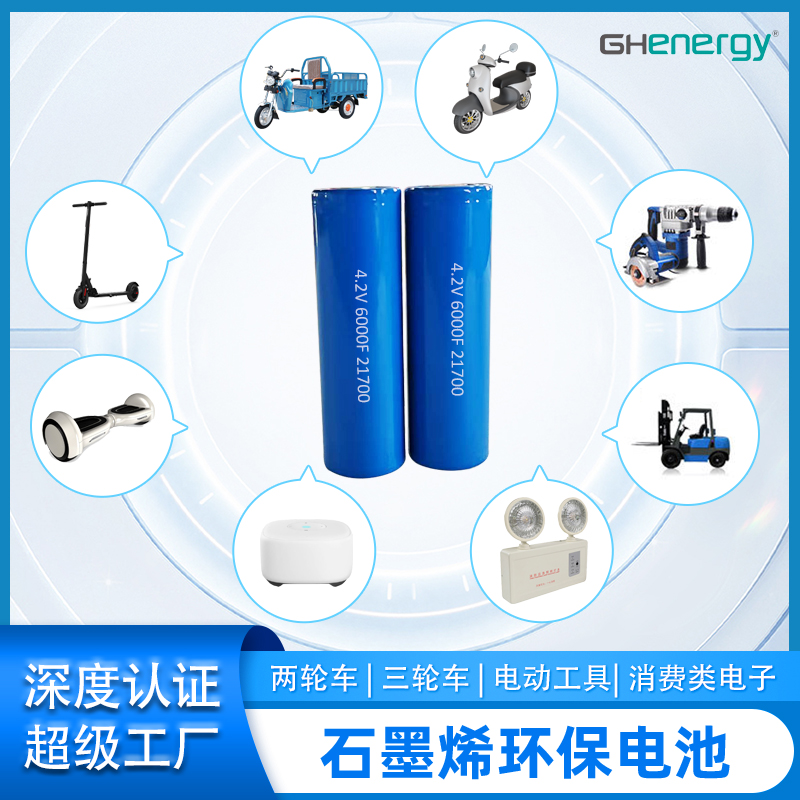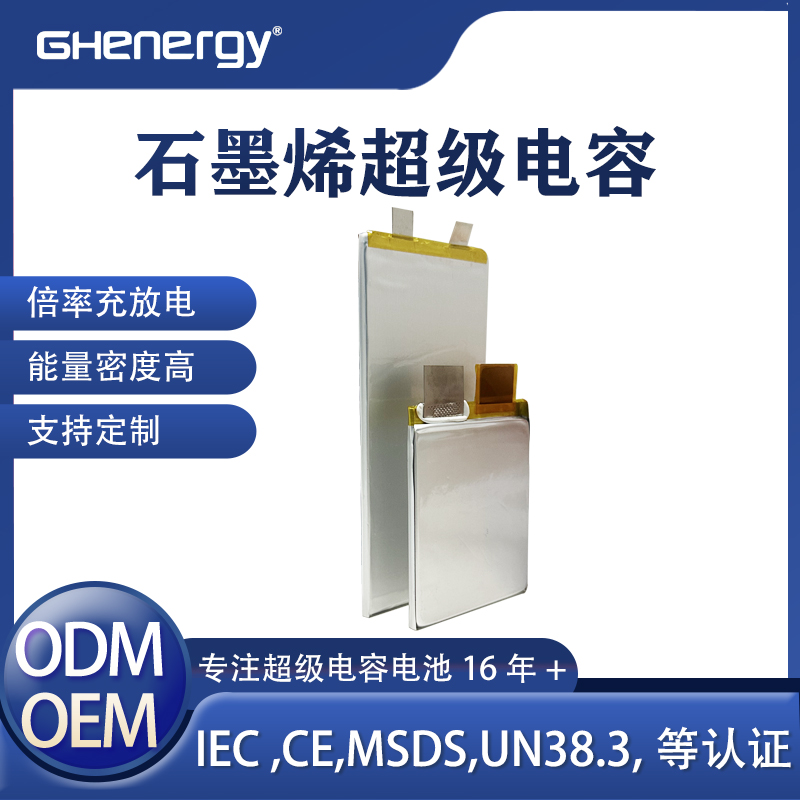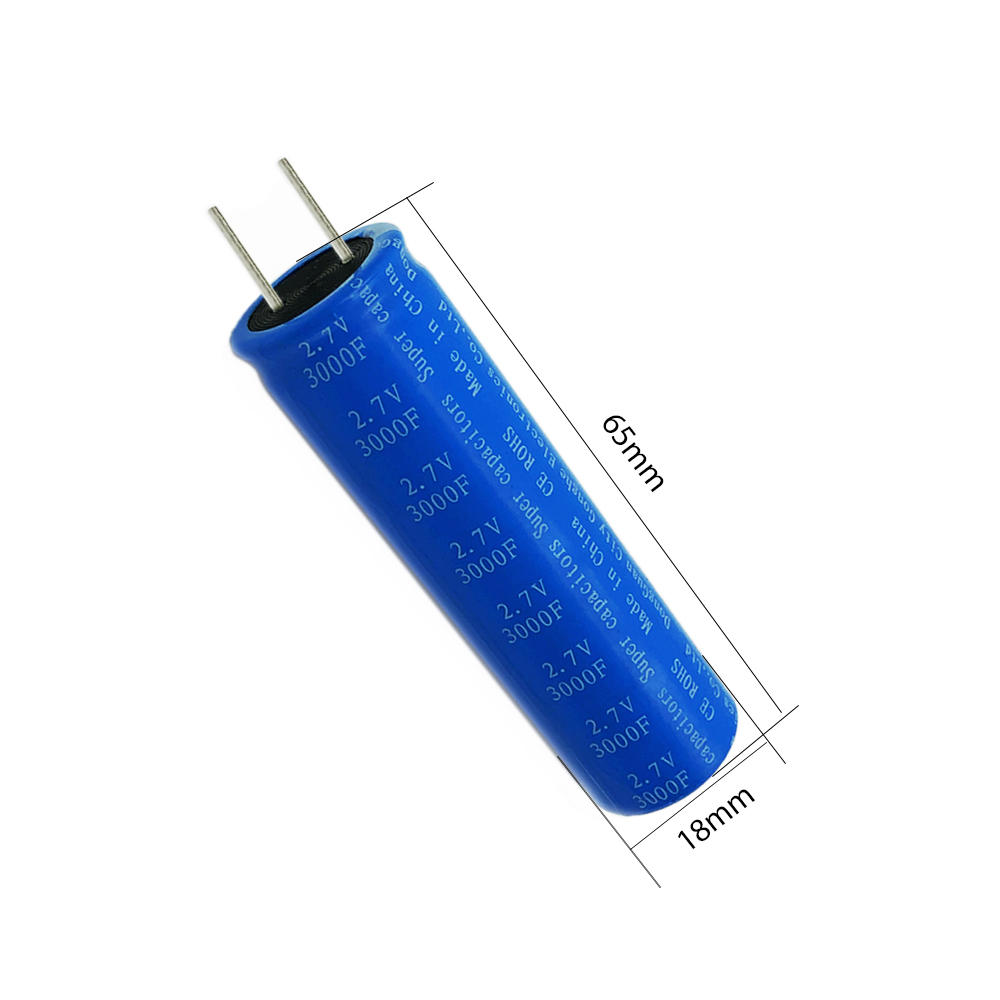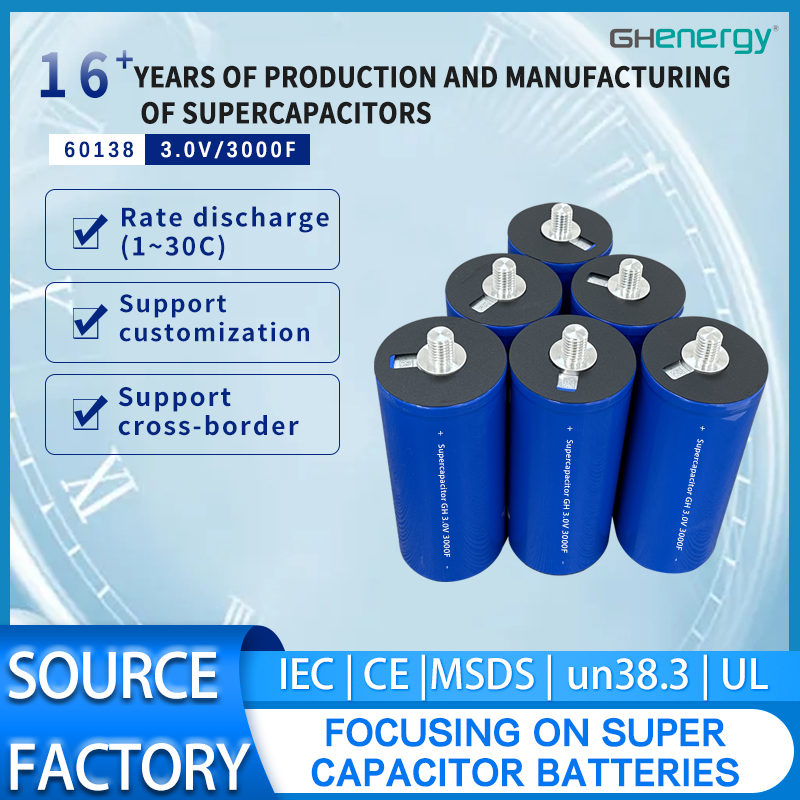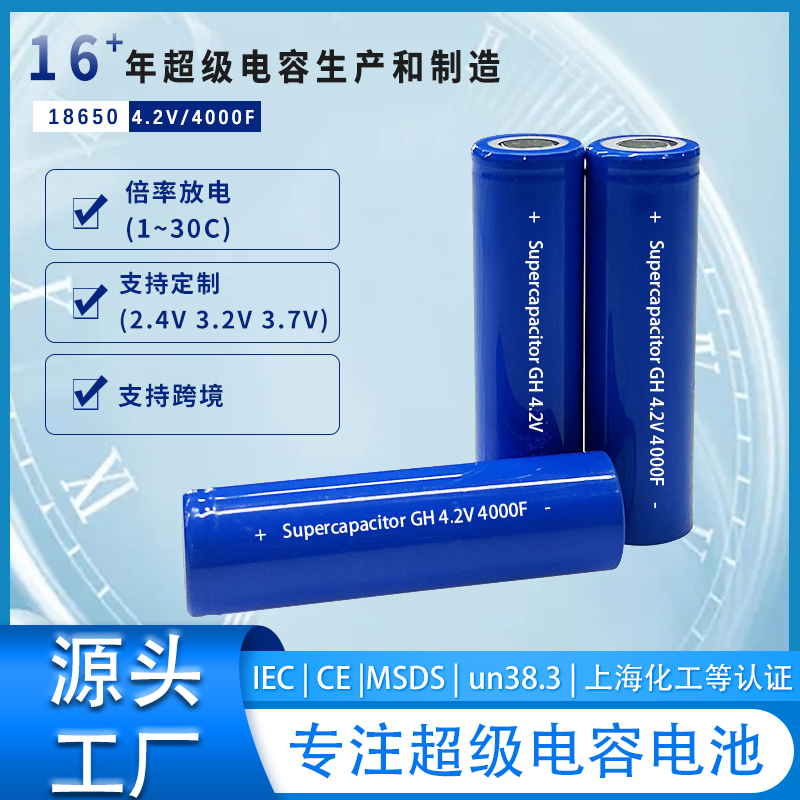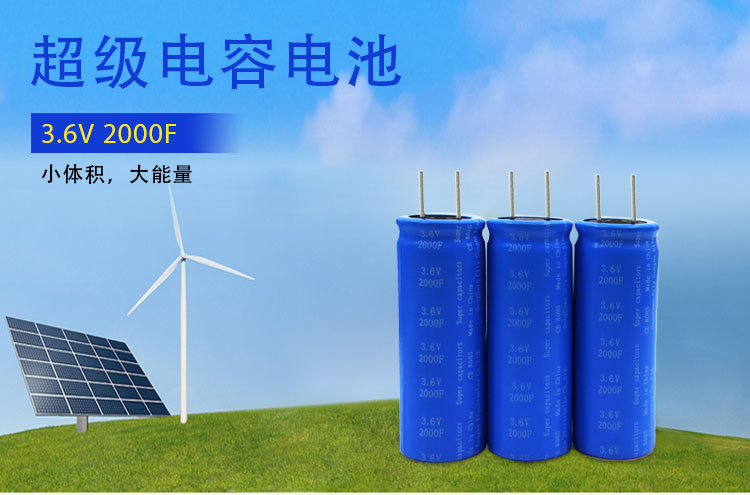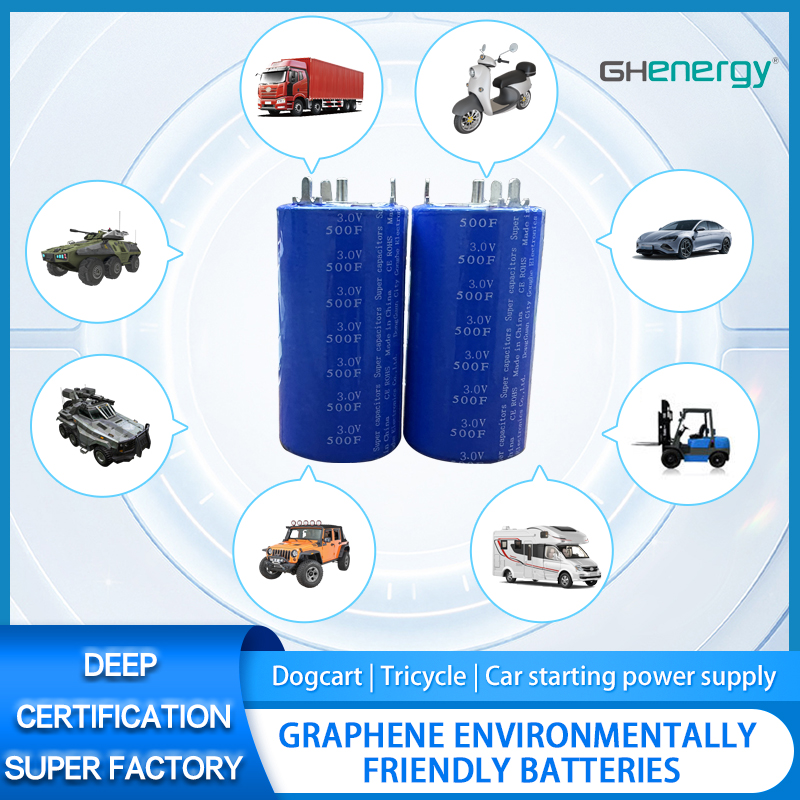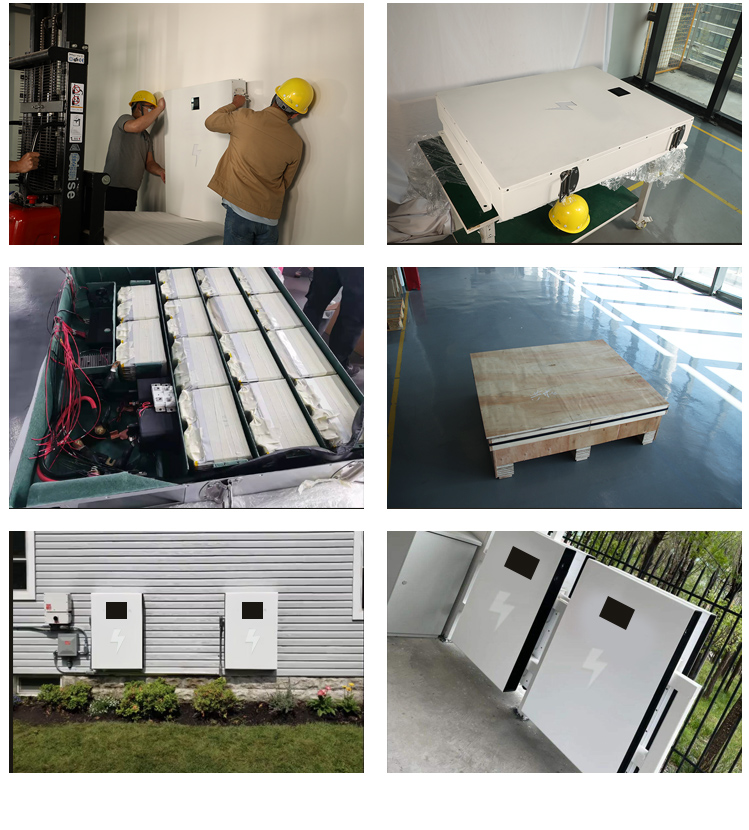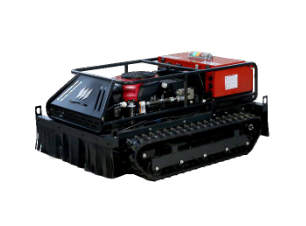Wedoany.com Report-Nov 7, Tokyo Electric Power Co. completed an experimental operation to remove a small sample of fuel debris from a reactor at the Fukushima No. 1 nuclear power plant on Nov. 7, the company said.
This marked the first time that fuel debris has been retrieved from the site since the reactors went into meltdown after the Great East Japan Earthquake and tsunami in March 2011, which knocked out cooling systems at the plant.
The debris will be transported to a research facility in Ibaraki Prefecture for analysis, a key step for understanding the composition of the remaining fuel debris and completing removal in the future.
The fuel debris sample, measuring less than 5 millimeters in size, was collected from the plant’s No. 2 reactor, and moved into an isolation box outside the reactor containment vessel on Nov. 2 until its radiation levels could be measured.
TEPCO found on Nov. 5 that the sample’s radiation levels were approximately 0.2 millisievert per hour at a distance of 20 centimeters—below the safety threshold of 24 millisieverts per hour at that distance, which is to prevent workers from excessive radiation exposure.
TEPCO then took the container holding the fuel debris sample from the isolation box on Nov. 7 and placed it in a special bucket-shaped container, ending the retrieval process.
The sample will be transported to a Japan Atomic Energy Agency facility in Oarai, Ibaraki Prefecture, for analysis of its composition.
An estimated 880 tons of melted nuclear fuel remain inside the No. 1, No. 2 and No. 3 reactors.
The debris continues to emit extremely high levels of radiation, which prevents direct human access and leaves its hardness and detailed composition unknown.
TEPCO plans to use the analysis of the sample to develop a method for the full-scale removal of the debris in the future.
The utility and government aim to retrieve all the fuel debris and complete decommissioning of the plant by 2051.
The experimental retrieval operation was initially scheduled to begin in 2021, but was postponed three times due to difficulties with a robotic arm developed with government funding.
In August, TEPCO tried to collect a sample using a fishing rod-shaped device that had been used in previous research.
